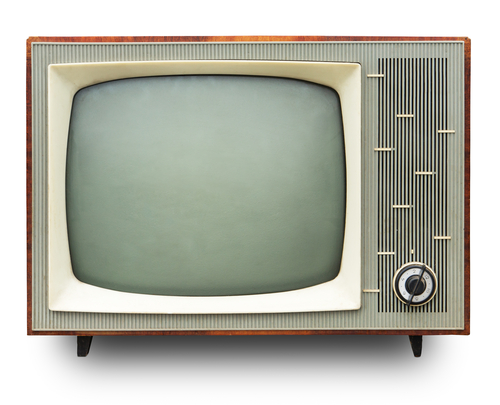I have been away – (Seems quite a recent thing these days) – In fact I havent been in the TV space for some time, as I am now in the world of ‘Direct-to-Consumer Sport Streaming.’ Another mighty complex space that is unfolding as we look to bring new technologies and business models the market. This sector has more of a business model problem than it is does tech challenges. It is very exciting I must say.
Soooo … Did anything else change in our TV world? Not really! – Broadcom is suing Netflix for streaming patent abuse … ATSC3 is blighted by Patent $ demands. This is nothing new in our ‘bindustry.’ Content is more than ultra-fragmented – It has grown exponentially over the last few years and SVOD prices are rising – There is a modicum of consolidation, and many streaming giants are realizing that it is a costly business – HELLO! Life is expensive! My Cox bill was a horrendous $270 dollars last month (that is without all of the streaming services we add on top). Cord cutting can only be driven positively by this kind of situation. I hang on in here out of respect to my employee and the industry I represent. However, many people I know (within the industry) are cord cutting and password sharing – shooting their own businesses in the foot.
In a world of data, it, like software, only rises in bytes exponentially. Just look at any latest APP update and you will see 45MB-1GB of new data needed to make your apps work … Then you are required to stream additional operational and functional data into most of them for there to be any value. Costs to the consumer are rising exponentially. Meanwhile back in the bat cave …
AI popped up and we all went nuts for it. Hollywood went on strike because of it. TV shows ground to a halt in fear of it … AI didn’t fill the gap though – and it really can’t at this point. My one take is that Media and Entertainment is emotion and AI has none: end of story.
The industry invented some new acronyms and new people on LinkedIn are trying to make us believe that we have invented something new and amazing. The whole industry is pretending we are advancing when in fact we are going backwards – FAST! (That is the latest acronym for streaming linear Ad supported content.) Yawn!
The next thing will be someone will invent a better EPG (Programme Guide) and a UI/UX to improve the experience that is too much to scan through and nothing to watch … A system so we can filter the 1000s of channels into a manageable amount for human consumption … and then someone else fresh out of tech school will suggest we need ‘personalization’ and interactivity – maybe second screen synchronisation, and we will see everyone hop on the Merry-Go-Round once again.
Social Media is another train wreck. Nobody X’pected what happened. That will be a lead for another musing.
Alan Wolk has said it all so succinctly today and it leads me to think in TV we are now in the era of business models because we have all the tech in the world needed to deliver to anyone over any type of transmission and to any type of device – even the refrigerator:
“Rather than look to emphasize features that will benefit consumers, services all too often look to benefit advertisers or engineers. Apps—free and streaming—are designed in ways that make sense from a business perspective, but not from a consumer one.”
Until the next post – Hasta La Vista
TVANGELIST





 Here we go again! … Old TV versus New TV … Because you can open a TV channel on the Internet you can make money and therefore traditional TV is dead! Since the AWS announcement certain ‘TV Experts’ have declared it so. There are so few people in the world that can predict the future (i.e. ZERO) but there are people who can look at the past and the present and then extrapolate ideas of how things MIGHT work out: Seldom are any of them right.
Here we go again! … Old TV versus New TV … Because you can open a TV channel on the Internet you can make money and therefore traditional TV is dead! Since the AWS announcement certain ‘TV Experts’ have declared it so. There are so few people in the world that can predict the future (i.e. ZERO) but there are people who can look at the past and the present and then extrapolate ideas of how things MIGHT work out: Seldom are any of them right.